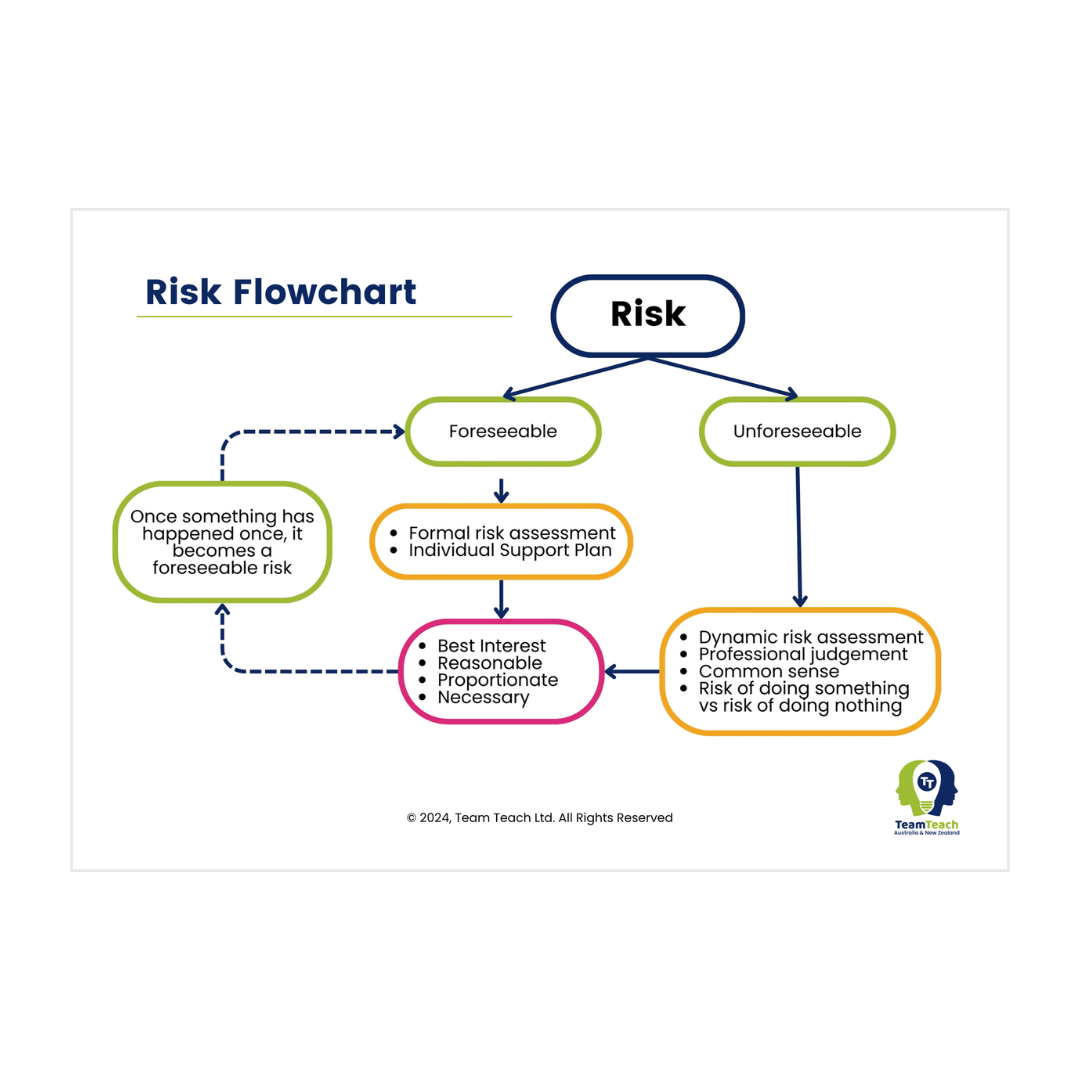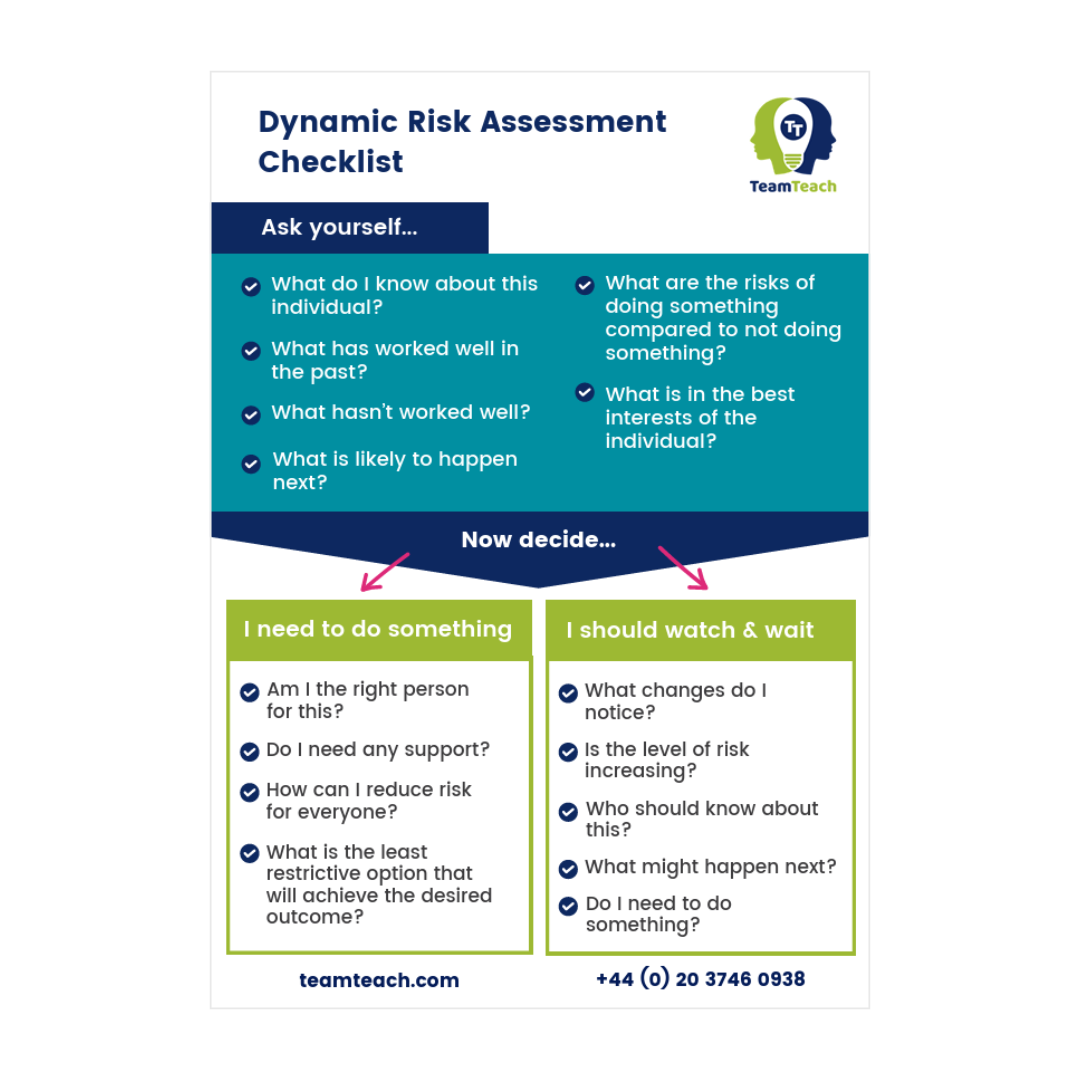Inclusion Not Exclusion: Exploring the Commission on Young Lives Report
You may have heard the term ‘adultification’ in the news recently and wonder what it means. This handy summary explores the key findings of the recent report by the Commission on Young Lives, including suggestions for how schools can help vulnerable students thrive.
The Commission on Young Lives (COYL) report, ‘All Together Now: Inclusion not exclusion – supporting all young people to succeed in school’ looks at how thousands of vulnerable children are falling through gaps in the education system, putting them at risk not only of low attainment but also serious violence, county lines, criminal exploitation, grooming and harm. It calls for a new era of incentivising all schools to become more inclusive and makes a series of recommendations for how schools can be supported to divert vulnerable teenagers away from crime and exploitation and enable them to thrive.
So, what do you need to know? Here are the key points from the report:
Highlights of the report:
- The process of ‘adultification’ is one which disproportionately harms black children, presenting them as older than they really are and thus not treating them with the care and protection that should be afforded to minors. Black children, particularly teenage boys, are less likely to be seen as victims and more likely to be viewed as ‘offenders’, experiencing punitive responses.
- The recent treatment of a teenage girl, known as ‘Child Q’, who was strip-searched at school by Met police officers while on her period, is a recent shocking example of how adultification can happen in educational settings. This case, and others like it, can only have a damaging impact on young black people’s confidence in both schools and the police.
- Research has found that black children can be viewed as both older and less innocent than their white peers, and also falsely perceived as angry in the classroom. Viewing children as more adult-like can lead to some receiving more punitive sanctions – such as being excluded from school. This process can also lead to a lack of safeguarding being afforded to these children, as happened with Child Q.
- The very presence of police in schools is one which has been called in to question. Some argue black children can feel over-policed in schools and creating an environment which does the opposite of keeping them safe. This adultification can manifest itself by black students being disproportionately targeted by zero-tolerance behaviour and uniform policies in schools.
- The education system must carefully consider how adultification is working and how schools and other safeguarding bodies can ensure that they safeguard all their children appropriately and fully.
Regarding teachers:
- Research has also found that some teachers may have higher expectations of white and Asian students’ academic potential, whilst nonblack teachers can have lower expectations of black students and may be more likely to negatively judge (such as discipline or label) pupils from minority ethnic backgrounds.
- Further evidence from the Centre for Research in Race and Education has found that black students are more likely to be placed in low ranked teaching groups, where they receive ‘poorer-quality teaching and are less likely to make good academic progress’. This means that, no matter how well the students perform, their placement in the lowest ‘foundation’ tier of GCSE examinations means they are unlikely to exceed their teachers’ low expectations and attain the best pass grades because these are restricted to those entered for the higher tier papers.
- The report argues that initial teacher education courses, and school inspections, do not include any mandatory focus on race equality and, although minoritised students make up around a third of state school rolls, the teaching force is over 90% white – a problem that is most acute in primary schools.
- The overall lack of teacher training centred on equality policies, Ofsted having little to no regard for equality in its assessments and the rise in ‘zero-tolerance’ behaviour policies is creating school environments where pupils are punished and ultimately excluded for incidents that could and should be managed within the mainstream school environment.
- The conclusion from the Commission is that whatever the social class of Black children and parents, overall, their outcomes remain worse.
Black and other minority ethnic boys do not end up in the criminal justice estate through any innate fault of their own. Exclusions for all children can and often lead to a destination that is unforgiving and could often have been avoided. For example, campaigners have warned of school exclusions contributing to the criminalisation of children, while disproportionately affecting those from poorer backgrounds.
- A 2020 report by the Institute of Race Relations (IRR) warned of a “PRU (pupil referral unit) to prison” pipeline for working-class black children. The schools to prison pipeline is a well-established theory. Whilst it doesn’t apply to all children, it does draw attention to the reality that many children will face.
- The IRR report also notes that 89% of children in detention in 2017/18 reported having been excluded from school, according to the HM chief inspector of prisons for England and Wales. Significantly, more than half (53%) of all children and young people held in secure training centres and youth offender institutions are from a black and minority ethnic background, according to another HM Inspectorate of Prisons report which looked at Children in Custody 2018-19.
- The report says the proportion of ‘imprisoned’ BAME children and young people is almost four times the proportion of BAME people in the UK population (14%) (2).
Tackling the issues:
- A report by Her Majesty’s Inspectorate of Prisons published in 2021, urged the Department for Education to ‘make sure that the special educational needs of black and mixed heritage boys are assessed and responded to at the earliest opportunity and work with Ofsted to include this in their inspection framework. This is supported by the expert evidence the COYL received.
- HMIP also called on the DfE to ‘hold academy trust chains and local authorities to account for monitoring rates of racial disproportionality in the use of permanent exclusions and for taking action to tackle this’ (3).
- The COYL report also says that:
- The Department for Education should hold academy trust chains and local authorities to account for monitoring rates of racial disproportionality in the use of permanent exclusions and for taking action to tackle this.
- Race-equality training should be a core aspect of all teacher training and should be included as a core module at the new Teacher Training Institute (1).
Final thoughts
This report from the Commission on Young Lives put the spotlight on how we can treat groups of students, often not realising how our own implicit biases can affect our decision making. Moving forward, it has never been more important to build strong relationships with students as individuals to enable them to thrive in education.
References
- Commission on Youth Lives (2022). All Together Now: Inclusion not exclusion – supporting all young people to succeed in school. Available at: https://thecommissiononyounglives.co.uk/wp-content/uploads/2022/04/COYL-Education-report-FINAL-APR-29-2022.pdf (Accessed 29th April 2022).
- Institute of Race Relations (2020). How black working-class youth are criminalised and excluded in the English school system. Available at: https://irr.org.uk/wp-content/uploads/2020/09/How-Black-Working-Class-Youth-are-Criminalised-and-Excluded-in-the-English-School-System.pdf (Accessed 29th April 2022).
- Her Majesty’s Inspectorate of Probation (2021). The experiences of black and mixed heritage boys in the youth justice system. Available at: https://www.justiceinspectorates.gov.uk/hmiprobation/wp-content/uploads/sites/5/2021/10/The-experiences-of-black-and-mixed-heritage-boys-in-the-youth-justice-system-thematic-report-v1.0.pdf (Accessed 29th April 2022).







